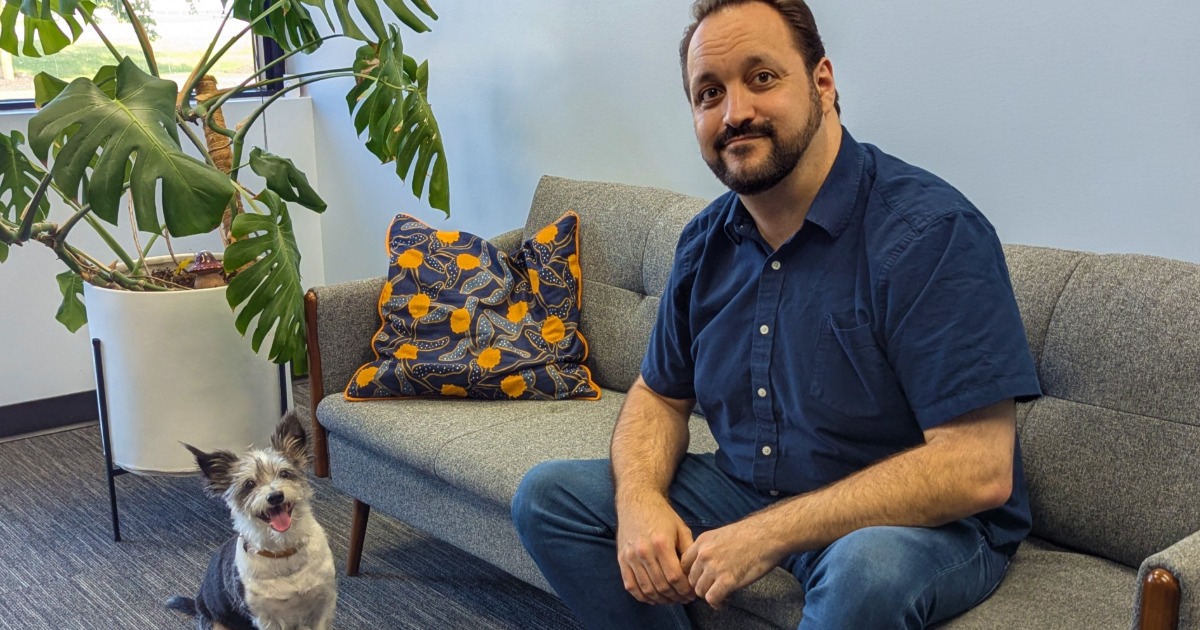Healthcare IT is not lacking innovation these days. It seems like everyday there’s a winner of a new app contest, or yet another challenge is launched. One recent announcement, though, stood out among the rest.
The contest sprouted a new way of looking at an old stable – a fresh and elegant approach to something complex. Healthcare IT News Managing Editor Mike Miliard writes about it on Page XX.
Deepak Aatresh, who co-founded the startup design/build firm Aditazz in San Bruno, Calif., applied what he learned form his work in the semiconductor industry to construction.
“Computer chips and buildings are alike,” he figured. He considered that the complex connectivity of a chip is similar to that of a building.”
That approach – a way of thinking that stands the traditional and accepted way of design on its head – landed Aditazz at the top of Kaiser Permanente's "Small Hospital, Big Idea Competition." Aditazz tied with another company to beat 100 other entries.
The concept is unexpected and the prospects promising. It’s the kind of re-thinking that could benefit the design and workings of electronic health record systems.
There’s much talk within the healthcare industry about physicians resisting change, unwilling to give up their paper ways for modern digital systems. Physicians are often blamed for the slow adoption of EHRs, yet the physicians we’ve talked with recognize the value of digital records, the benefit to patient care, and the anticipated cost savings. When they complain, it’s about how difficult they are to use. It slows them down, they say. There are too many useless icons on their screens, too many windows. Or it’s not possible to pull up two windows at once to view documents in tandem, an example from my own doctor, who is no technophobe.
One physician – an advocate for digital records – told me he asked the maker of his electronic health record system to remove the extraneous applications from his EHR. That kind of customization was not possible, the vendor told him. So, he’s left to navigate a cluttered desktop. The system that could and should be elegant is clunky. A dedicated doctor is left frustrated, struggling with his machine, making do.
It turns out that usability has not been among the factors most EHR vendors consider when designing and building their products – at least not systematically. “Some EHR vendors think that usability is common sense, and that everybody can do it,” Jiajie Zhang, principal investigator, ONC’s SHARP program for patient-centered cognitive support, told Healthcare IT News recently. “They don’t realize that it is a profession – just like an architect. It needs to be done systematically and by professionals who are doing this as their job.”
Other vendors simply dismiss the usability factor altogether, Zhang says. They have the impression that it is subjective, not scientific and not useful.
Zhang, who is co-director of the National Center for Cognitive Informatics and Decision Making in Healthcare at the University of Texas Health Science Center at Houston, has a team working on EHR usability through the government’s SHARP program. He says the EHRs on the market today are still in the DOS age in terms of usability.
The proposed rule for meaningful use Stage 2 calls for a user-centered design methodology to be part of the development effort for certified EHRs. That plus the work of Zhang’s team could lead to an Aditazz-like start to a new, elegant EHR. It’s what doctors and patients deserve.



